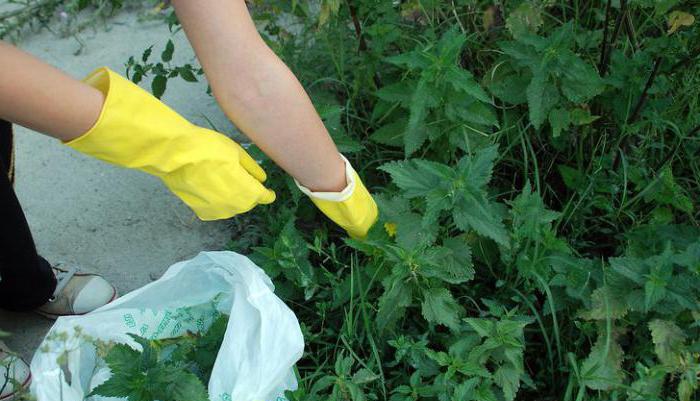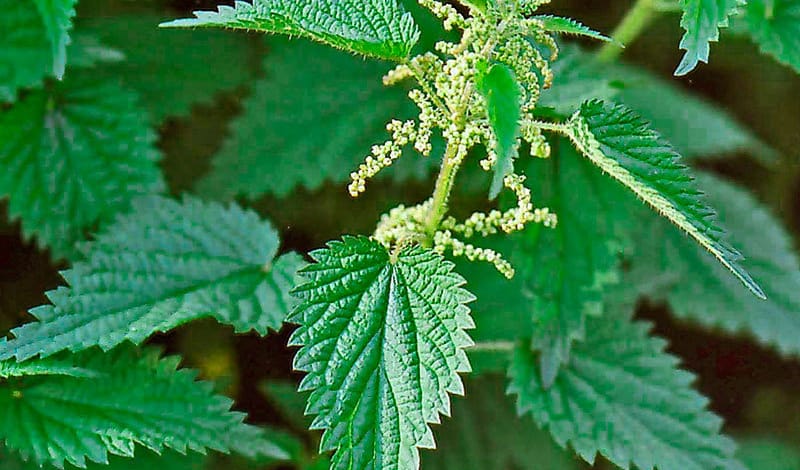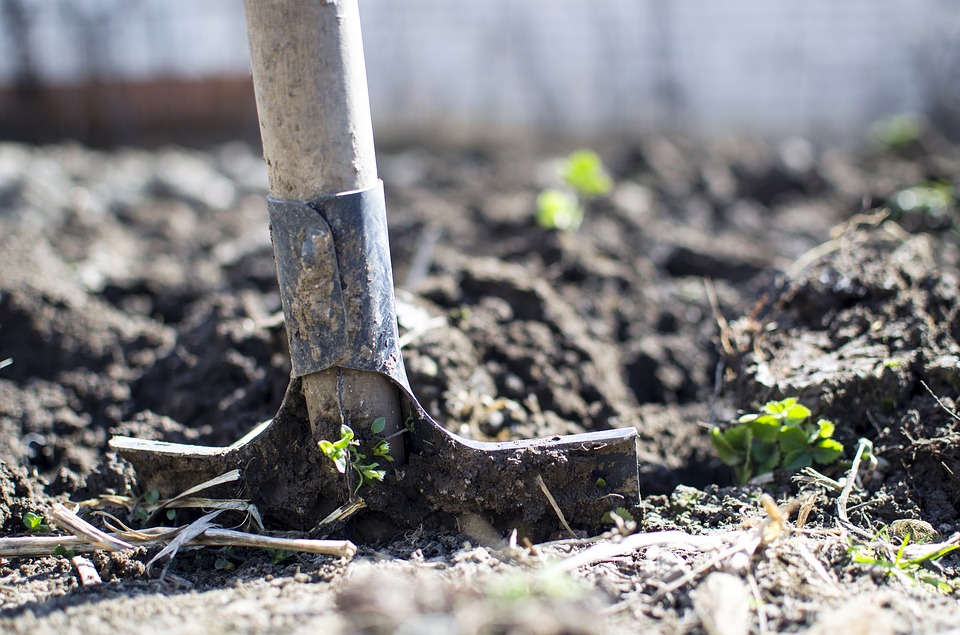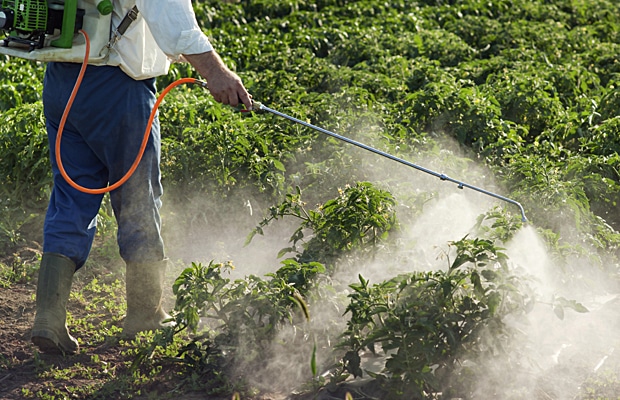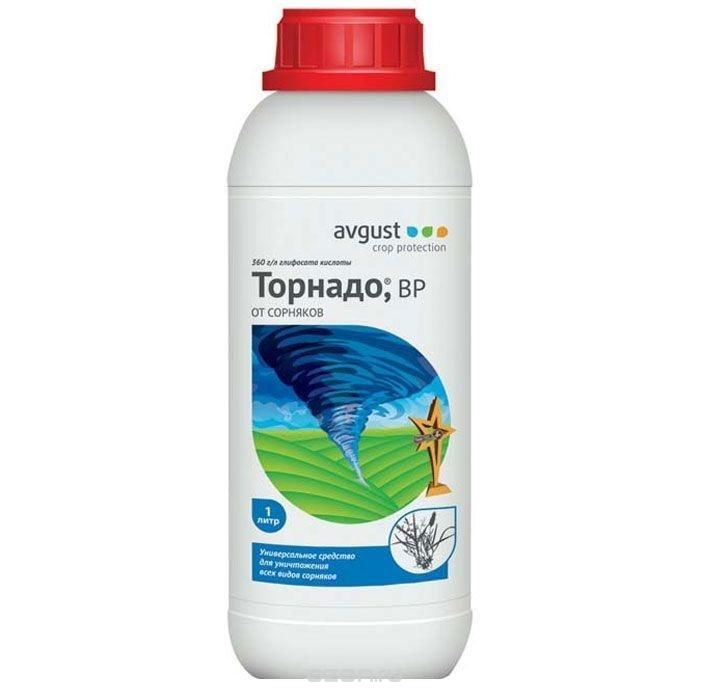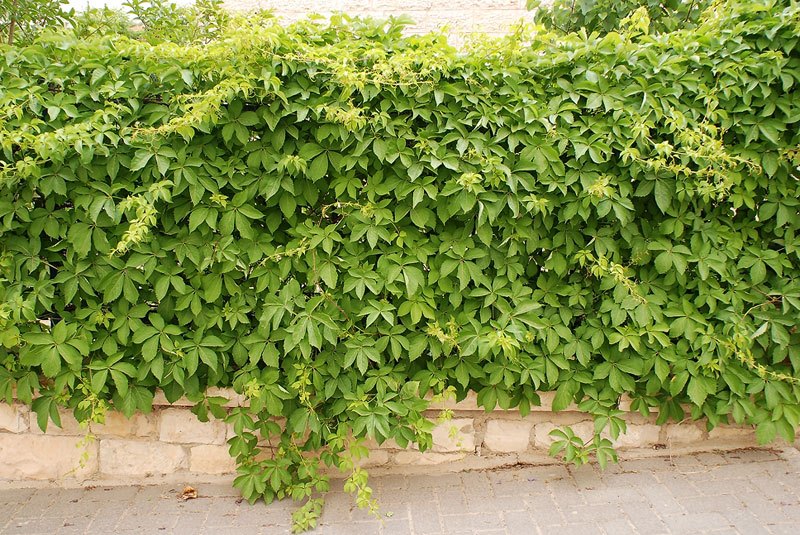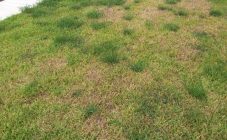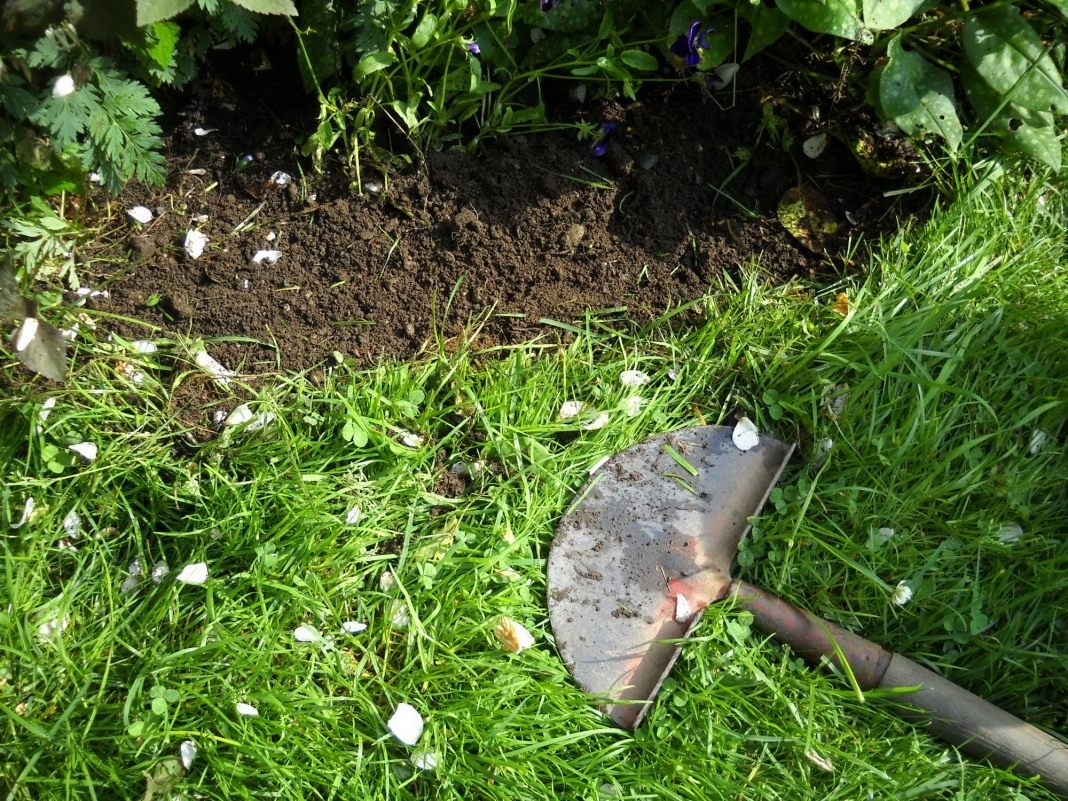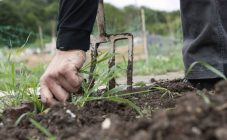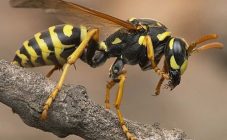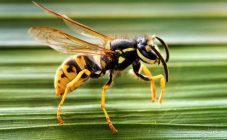Content:
Plants that spontaneously appear between beds or under garden trees are called weeds and fight to eradicate them. But there are also medicinal plants that summer residents do not touch at first because of their healing properties, and then begin to complain about how to get rid of nettles, for example.
The reasons for the growth of nettles on the site
This plant can be found everywhere: in ravines, forests, wastelands and near dwellings. If you do not pay attention to the weed, it will quickly fill the territory, and then the main problem of the summer resident will be the question: how to get the nettle out. But before you start fighting this plant, you need to know it "by sight".
What does a plant look like
In perennials, erect stems reach a height of 170 cm and are warty tetrahedrons. They are not branched and covered with stinging long hairs.
The plant has large petiole leaves - up to 17 cm. They have an ovate-lanceolate shape and are framed with long teeth. Their upper part is dark in color, the lower one with veins is light green. The leaves, like the stems, are densely covered with scalding villi.
The flowers of the nettle are greenish and small, collected in branched spikelets that grow from the axils of the leaves. This weed is a fertile plant producing an oval grayish-yellow nutlet.
How does it multiply
Seeds are not the only way the weed spreads around the area. The plant has a rather branched creeping rhizome. Vegetative reproduction is progressing at a high rate - one plant can cover up to 40 sq. cm of the territory, preventing the development of garden crops.
Note! The roots of the nettle, spreading in the ground in all directions, give abundant growth. Even if the mother plant is destroyed, new shoots will very soon emerge somewhere to the side, continuing to multiply further.
Why does she appear
Nettles appear very quickly in uncultivated lands. Therefore, if there are untreated corners on the site, you should expect a burning guest. But most of all, the weed is attracted by fertile loose soils, which undergo aeration and moisture.
Note! If the nettle has populated the vegetable garden, it is safe to say that garden crops will easily take root on this land.
Nettle loves to settle in the company of other weeds:
- if clover and bindweed still grow nearby, then the soils are slightly acidic or neutral;
- the fact that there is a lot of nitrogen in the soil will be prompted by marigold, quinoa, hops, and rosewort, which came to the summer cottage with nettles.
The fertile composition of the earth only contributes to the reproduction of the medicinal burning weed. Therefore, you have to take care of how to quickly destroy the nettle.
How to remove nettles on your own
Weeds are quite tenacious plants and cannot be easily defeated. Mowing, digging, etching with folk remedies or pulling by hand is not very effective. If you thoughtlessly approach the question of how to remove nettles from the site, it will reappear.
Note! Fight here, first of all, should be with the growing rhizomes, and not with the mother plant.
If you just pull out the nettle, a shoot will emerge not far from the root, which will begin to deepen further. It is not realistic to completely remove the entire underground part, especially if the soil is heavy.
The characteristic of nettle can be called a double way of quickly filling the site - with root tenacity and seeds. On this basis, measures to control medicinal weed should be comprehensive.
It is still necessary to remove the mother plant, but they do it before flowering, so that the weed does not have time to scatter the seeds later. One of the ways to deal with nettles is to regularly weed, and begin to carry out in early spring. A good protection effect is given by mulching or covering the soil with plastic films. When deciding how to remove nettles from the site, summer residents use a number of agrotechnical measures.
Deep digging
Particular attention should be paid to the correct cultivation of the land. In autumn, digging up the area where nettles have grown, the soil layers are turned upside down. Open rhizomes will freeze in winter, and those that remain will have difficulty in regaining their strength in the spring.
This method of digging will also destroy the seeds if the plant has managed to scatter them. The inverted layer will also become a poor refuge for pests who decide to overwinter there.
Flat cutters
Another method that gardeners are increasingly using is flat cutters. In this case, the clods of earth do not turn over and do not break, but the device perfectly cuts the roots, preventing the nettle from growing.
You can combine both options by starting with double discs 10 days apart. Then, if new shoots appear, make a deep digging with inversion.
Harrowing
This is another "clean" way of fighting, quite effective. The harrow is used several times per season. First, they pass through the site twice before the nettle shoots, then after their appearance, to break the root ties.
They also harrow the site if the weed managed to inseminate. Make a couple of visits at intervals of 5-6 days. You can fix the result by plowing the area in autumn. Harrowing is carried out only in dry weather, otherwise clods of earth will stick to the teeth and interfere with work.
Means to destroy nettles
Many gardeners, solving the problem of how to get rid of nettles permanently in the country, use the folk method - potassium salt and boiling water. But they are ineffective even in small areas. The impact goes directly to the terrestrial part of the weeds and does not always reach the roots significantly removed from the mother plant.
Therefore, one should not abandon the chemical method of control - the use of herbicides. But in this way, removing weeds is risky if you use the drugs thoughtlessly. All herbicides are divided into 2 categories: contact and soil.
Important! The latter effectively cope with rhizomes, but accumulate in the ground, which is why the treated garden plot cannot be used for several years. Therefore, this option is not suitable for summer cottages.
When buying, the choice is made on leaf (contact) preparations. Getting on plants, the agent knocks down the metabolic processes in it. Such a herbicide will not get into the soil if the nettle is not embedded in it.
Nettle weed absorbs the drug through the leaves, where the agent got during spraying. Then the herbicide is transported by the juices throughout all parts of the plant, reaching the very last root, and blocks all biochemical processes. This leads to the death of the weeds.
The main active ingredient in garden nettle remedies is called glyphosate. When buying herbicides, you need to pay attention to its presence in the composition.Long-known and popular among summer residents drugs for weeds: "Roundup", "Accord", "Forsat", "Rodeo", "Glisol", "Uragan", "Tornado" and others.
Tips and tricks for gardeners
Before you get rid of the nettles on the site, you should assess the degree of threat. If the plant does not capture the beds and does not climb into the garden, it may not be worth fighting with it, leaving it in the country as a medicine. Young nettle can be used as food, adding to dumplings, pies, mashed potatoes and omelets, borscht and salads.
Nettle is also used as a green "toxic chemical" to repel pests from the site. Some summer residents use the plant as a nutritious green manure, embedding young bushes in the beds.
But if the weed plantation gets in the way, then, while eradicating it, they adhere to the following recommendations:
- digging up the ground, you should not leave the plants to dry in place, it is better to remove; nettle is tenacious and even in this position will be able to take root; having collected the uprooted grass by hand, it is taken away from the site or laid in a compost heap;
- irrigate nettle with herbicides not from a watering can, but from a special spray bottle; so the drug will completely fall on the plant, and not spill on the ground;
- spraying is carried out in dry, calm weather;
- the best time for processing is autumn after harvest, so as not to harm cultivated plants;
- if it becomes necessary to spray the nettle in the summer, then the vegetable beds or berry fields located nearby should be covered with plastic wrap during processing.
Important! When using pesticides, do not forget about your own safety. It is recommended to cover all parts of the body, wear glasses and a respirator, and be sure to take a shower after work.
Each summer resident will decide for himself which method is the most effective in the fight against nettles. But the fact that the measures should be comprehensive is unambiguous. Therefore, the combination of agricultural technology with herbicides will give the best result, since the impact will come from two sides: external and external, capturing both the mother plant and the rhizomes.
